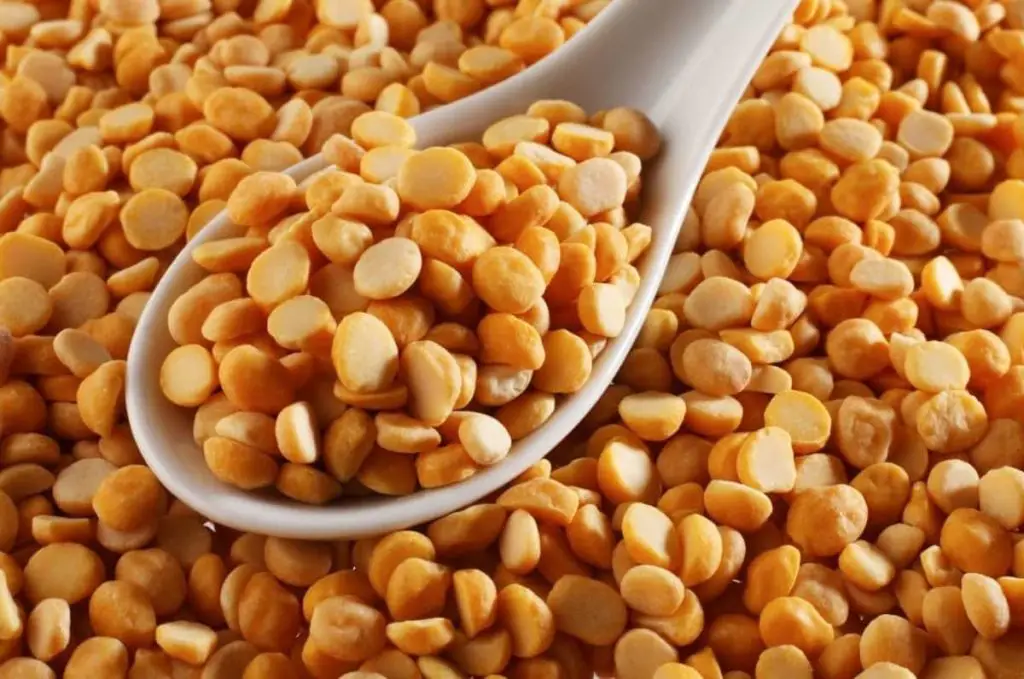Dahl is one of the heartiest dishes you can make. The term dahl or dhal refers to dried lentils and split peas as an ingredient, as well as the warming stew which is made of these lentils and peas, which has a huge amount of depth and spice.
Different types of dahl come from different regions of India, made with different peas or lentils in fabulous colors, but all are considered warming, comforting dishes to add to any meal, or as a vegetarian main option. It also helps that dahl is packed full of healthy proteins and fiber.

If you’ve cooked too many lentils (see also Freezing Cooked Lentils) or beans before, you probably know that they don’t keep well in colder temperatures in the fridge, and you’ll maybe get 2 days out of them.
When it comes to preserving leftover dahl for later, you can freeze it, preventing food waste while also having a tasty dish on hand for when you want it.
It’s easy to freeze dahl wrong, as cooked lentils (see also Freezing Lentil Soup) and beans have a much shorter shelf life than their raw counterparts.
But if you prepare it properly, dahl can last in the freezer for up to 6 months, while it may only last 3 days in the fridge.
Here’s how you do it.
How Do You Freeze Dahl?
The golden rule for trying to freeze dahl is to make sure it’s completely cold before you start. Anything less than that, and it could spoil when you thaw it. It may also defrost the food in your freezer, so let’s avoid that too.
But there needs to be a balance. Don’t leave dahl out for too long. As a general rule, you should put away food within 2 hours of it sitting at room temperature, otherwise this can cause a lot of bacterial growth, leading to wastage, or food poisoning.
So it’s a good idea to remember when you took it off the heat. It will be cool within 2 hours, so leave it out on the side until it does.
Once it’s cooled, grab some heavy-duty freezer bags. It’s worth portioning the dahl and splitting it between the bags, and that way you can take out exactly what you need at any one time.
Leave some headspace at the top of the bags, to allow the dahl to expand. Make sure to push out any excess air from the bags before you seal them, and label them.
If you’re worried about something heavy flattening the dahl while it’s in the freezer, you can put the bags into a rigid, airtight container before you freeze them. Otherwise, stick the bags in the freezer.

The Best Way To Defrost Dahl, And Ways To Reheat It
The key to defrosting dahl properly is to do it as slowly as possible. For that, the best way of thawing it is to take as many bags out of the freezer as you need, and put them straight into the fridge.
Depending on the portion sizes of the dahl, this may take anywhere from a couple of hours to overnight. The texture will be much better than if you thaw it using quicker methods.
When the dahl has defrosted completely, it’s ready to reheat. There are many ways you can reheat the dahl, and it largely depends on how much time you have, and your preferences.
To avoid changes in texture, you can reheat it using the oven or the hob. The hob is easier, and you can keep stirring it to make sure the consistency is right.
If you don’t have that kind of time, you can also reheat it in the microwave without any problems. Just make sure that you heat it in increments, checking and stirring after each blast, as you don’t want it to dry out.
Conclusion
Dahl is a firm favorite in many households, and for a wintery day, there’s nothing better than a spicy dahl with a lot of flavor and depth to warm you up.
Freezing dahl means you can have this dish on hand any time you like, and because you’ve already done the hard work beforehand, you can simply defrost it, reheat it, and enjoy it without any fuss.

